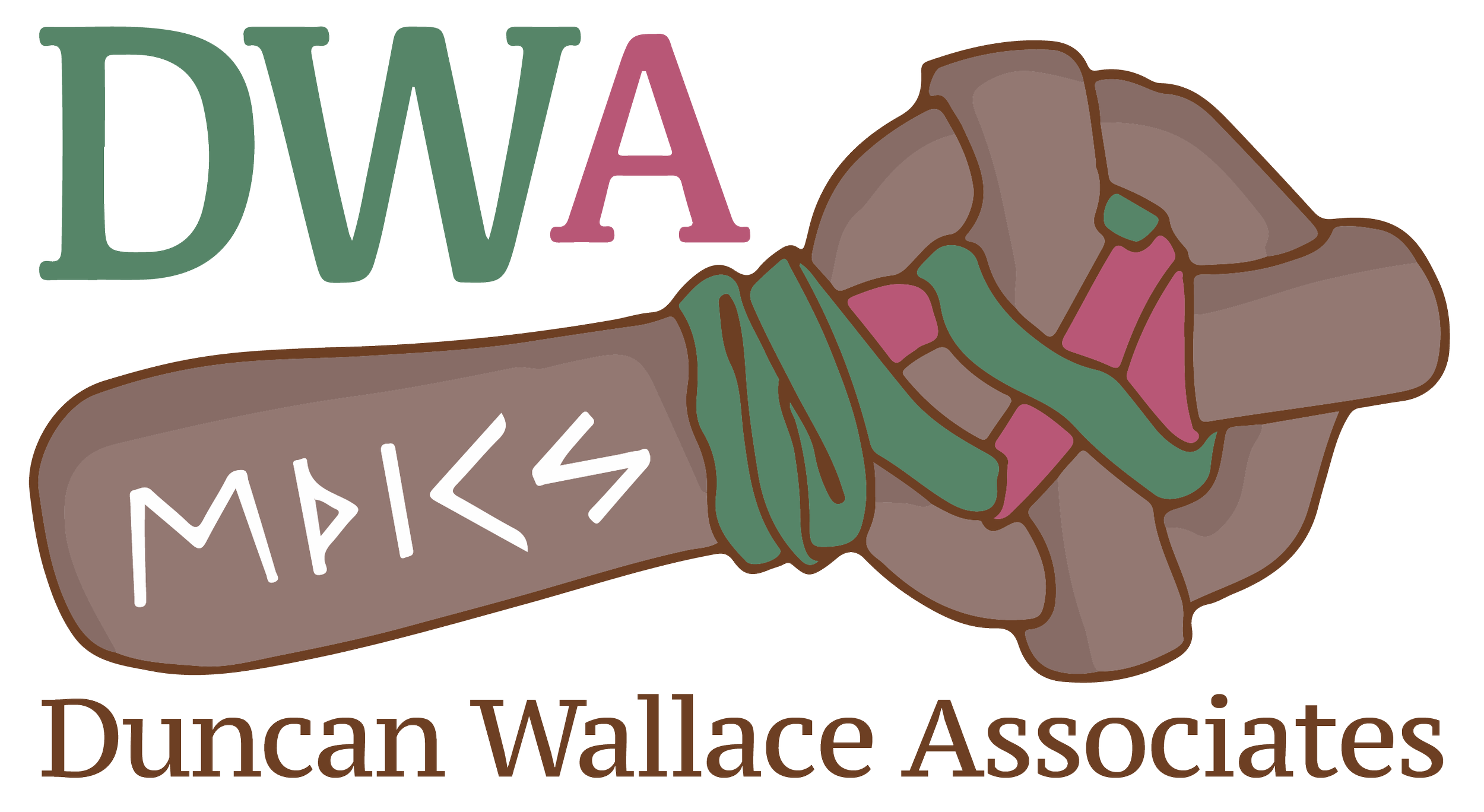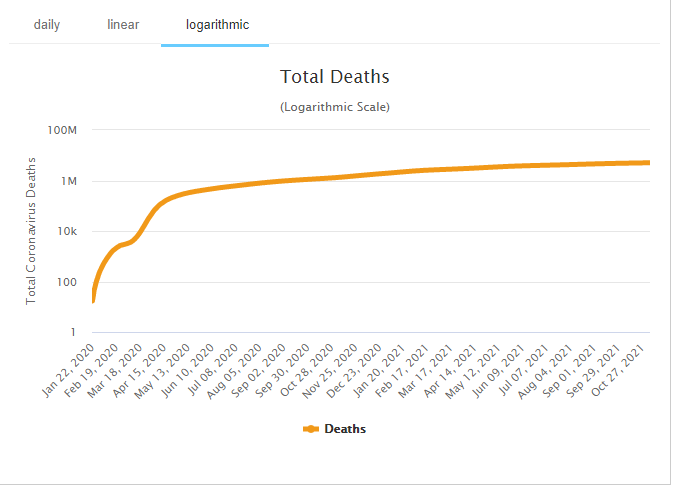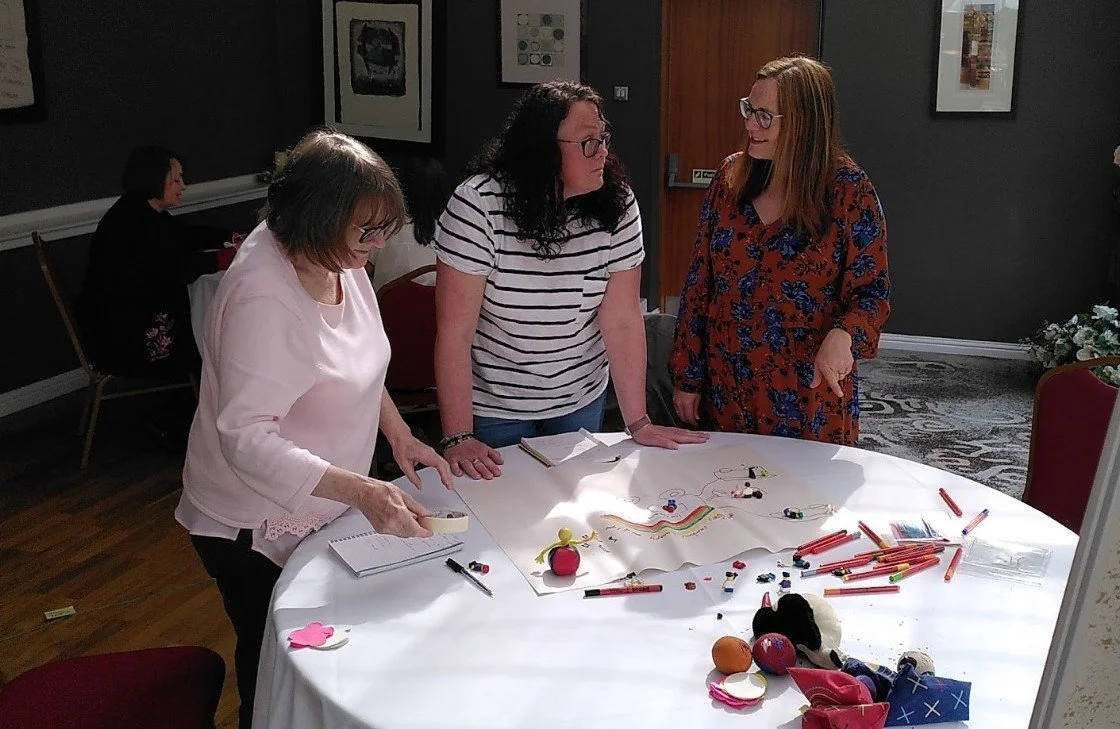Remembering to work with Transitions - Winter 2022 as we emerge - Post Covid Crisis
In some ways we are in the Post Covid Crisis period, as deaths per week, globally have stabilised to a large extent and to a large number of deaths per week. Yet we are now used to this, a bit like getting used to forest fires, floods and strange weather patterns. Still disastrous if your in them, yet part of the ‘new normal’… what a horrible phrase.
In this article, using my experience of coaching organisations through this transition, I am contributing to the conversation about how to #buildbackbetter and be part of this mixed economy of hybrid working.
Reminders from Covid Crisis to pay attention to Transitions insights.
This article uses Harold Bridger’s practical theory about leading transitions and applies that to todays context.
During the Pandemic I provided two snapshots of which nations are causing the most amount of COVID deaths. The first table is from Nov 2021 and the second is from August 2020.
It reminds me of the characters involved in the nuclear arms race…. not exactly a race to the top I would wish to be proud of… but my fathers generation often still is proud of those outdated achievements!!
This cognitive dissonance, especially with now Putin’s war in Ukraine, should be a significant reminder to consider what we know about transitions.
Remember when our brains were trying to get our heads round graphs like this from W.H.O.
Post-Covid we need to be re-planning our organisational strategy, like i was doing with this organisation recently.
Remember Transition Theory?
I’ve been noticing with the organisations and leaders that I work with that we need to be recognising and framing the post crisis period, not just as re-mobilisation and recovery, but also as part of transition theory. Transition theory might be something we are much more familiar with, which means it may be empowering to build from what we know well, as we have all been through and led transitions.
So here is a brief reminder.
William Bridge’s model for transition breaks it down into three phases: endings, wilderness and new beginnings.
William Bridges distinguishes between change and transition. He defines change as the external things that happen around us – the new boss, new site, new team, new policy etc – situational factors. He describes ‘transition’ as the psychological process of adjustment that people go through to adapt to the new situation.
Change is external. Transition is internal. Unless transition occurs, change won’t be effective or sustained, Bridges argues.
Change focuses on outcomes – the new email system, the revised organisational structure. All of these can be implemented in a relatively short time scale. In each case we have to understand the new arrangements. Transition however involves loss, leaving things behind.
Last summer definitely felt like a time of significant endings. From the way our economy is structured to the way we treat each other, to the way we consume and waste – these things have to end. I wished that it was possible to go through these endings without any pain. But there were casualties. I believe 50% of Covid deaths have been people with a disability. Our economy and society are built for the advantage of the privileged and they are unlikely to be the ones that bear the brunt. Instead, the casualties are those at the bottom; for many, this transition continues to be difficult for those closest to the inequalities - such as the voluntary sector. The privilege for me is the chance to work with organisations striving to mitigate that horror. From community food organisations and local health projects, to counselling services and campaigning movements – whether here in Edinburgh, or around the world in places like Mozambique – it’s an absolute privilege to support these organisations and their leaders.
The next phase of Bridger’s model, is the wilderness (also known as the Neutral Zone). With uncertainty for education, the arts and tourism (among others), lockdowns coming back last winter, virus variants and how remobilisation will work, many people and organisations have been in a wilderness zone. Bridges describes Wilderness as ‘emotional wilderness’ – a period when you are unclear about who you are and where you are going. Some of us are still finding ourselves in this as we enter the post crisis phase of the pandemic.
When we do emerge from the Neutral Zone, we could emerge in a better place. We can use this as a chance to attack homelessness, arms manufacture and gross inequality. We can push ideas like the universal basic income, we can create a genuinely green economy that benefits everyone. So far i’m only seeing minimal signs of this. Yet, i’m having conversations and doing work about the kind of new beginnings that are very possible, such as having Blended /hybrid meetings, and seeking to do these well. Especially for voluntary sector forums or network meetings where not everyone had to travel, yet the quality of inter-action of in person relationship building is also enabled.
The transition process paradoxically ends with Beginnings – the shoots of growth we experience in spring. People don’t reach Beginnings without having first gone through Endings and spent a period in the Neutral Zone.
What Transition Theory means for Leadership Action Winter 2022
The minute the new organisation chart is posted, individuals may know what their new roles are, who their new bosses will be and who is in the new team. The reorganisation has begun but until people have made a beginning, effectiveness and productivity will be low.
Beginnings occur at different paces, and faster is not necessarily better. They cannot be forced but they can be encouraged and supported. People are helped by application of the four P's - Clarity of Purpose, a Picture, a Plan and an understanding of the Part they play.
Here are some tips for Managing Beginnings with Transitions
Celebrate people’s resilience and commitment
Celebrate again!
Paint a picture of how things will look and feel.
Give each person a part to play, both in the plan and in reaching future outcomes - people need to know how they contribute, what their role is.
Communicate regularly and consistently at this stage.
Plan and reward early success.
As a leader - Post Covid Crisis - ask yourself
Am I sure that I’m not trying to make a new beginning come about before the endings and the neutral zone have been adequately dealt with?
Have I communicated my own vision of the change to everyone else?
Have I identified some quick successes that will encourage people to view the change as successful overall?
Have I done all I can to help people to settle into their new roles and to help them to understand the shape of the new organisation?
Am I consistently being a good model for others?
Am I consistently rewarding people for their positive behaviour?
Do I acknowledge the efforts made by everyone to successfully come through a long and, at times, difficult process?
In my work, I see much of this being made easier through facilitated Development Days, Team Retreats, and through the leaders having coaching to support their leadership role.
Some of which are happening now in person - not quite like this photo, and some of which are happening blended with ‘roomies’ and ‘remotees’ participating.
Bridges, William, (2004) Managing Transitions, Making the Most of Change. First Published by Da Caro Press, Revised with Susan Bridges 2017.






